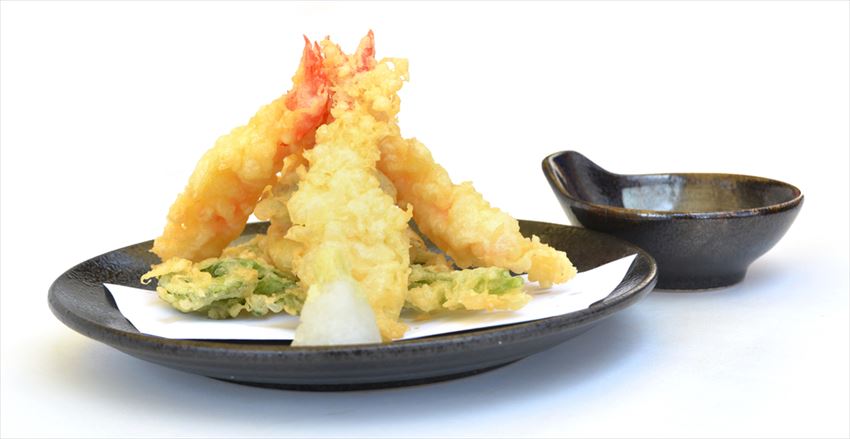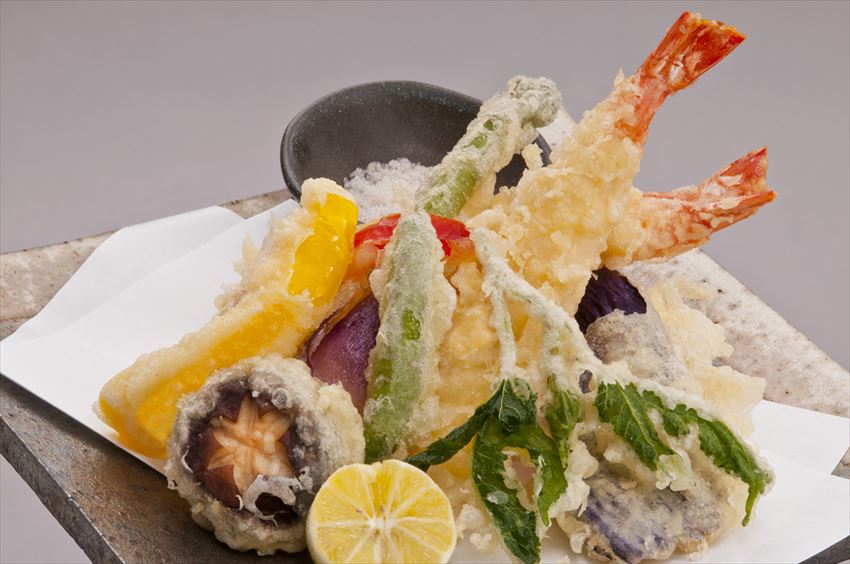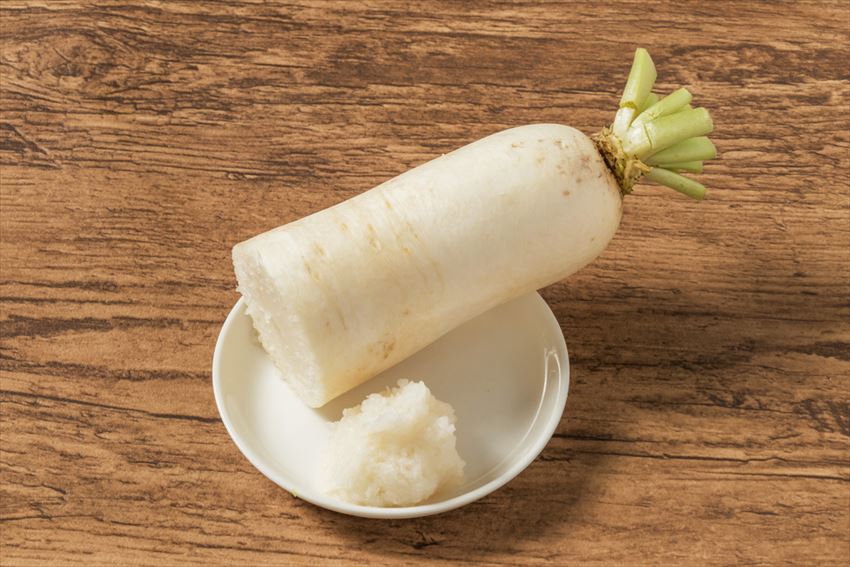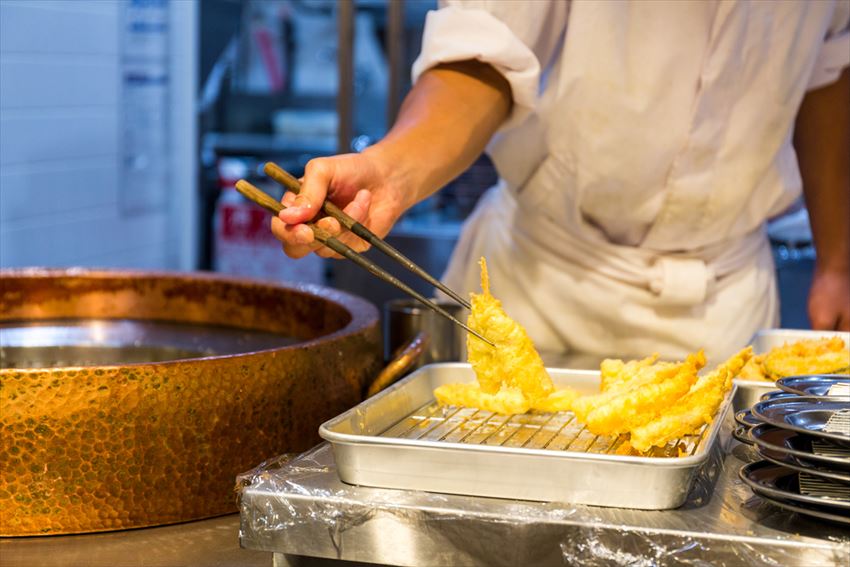Tempura is a dish consisting of which seafood such as shrimp, squid and Japanese whiting, and vegetables including pumpkin, sweet potato as well as mushriooms and even leaves are battered in flour and deep fried. It is as popular as other traditional Japanese styles of food preparation like sushi or sukiyaki. In Japan, tempura is not only served in restaurants, but also is a commonly cooked at home for the family.
Today we are going to introduce about the origins and history of tempura.

Its origins are in Portugal and it was introduced via Nagasaki, Kyushu almost 400 years ago
Tempura was introduced by the Portuguese who came to Nagasaki in Kyushu bringing guns and Christianity in the middle of the 16th century. The word tempura derives from the Latin "tempora" which refers to times when observant Catholics do not eat meat. Another theory is that it comes from Portuguese word “tempero” which means seasoning in Portuguese. Back then, tempura was regarded as a luxury food since the dishes cooked are using plenty of expensive cooking oil.

As vegetable oil and sesame oil production increased, tempura became a common food for ordinary Japanese
Due to the increase of vegetable oil and sesame oil production in the Edo Period, tempura became an affordable food for ordinary Japanese. But since the tempura is fried in oil which increased the fire risk when Japanese towns and cities consisted of densely packed wooden buildings, most of the tempura was made at restaurants instead of cooked at home. In the past, tempura was eaten as a snack but not as a meal. Later, tempura, sushi, and soba were grouped together as “Edo no Zanmai” ("Three dishes from the Edo Period") that became very popular among ordinary Japanese.

Tempura was originally served on a stick together with grated radish
Unlike the modern style, tempura was originally offered in a stick form which is easier for serving customer. Each tempura stick only cost around 4 mon (roughly 80 yen today) which was an affordable price. In those days, people seldom ate meat or oily food, so even the color of tempura was something special. They ate tempura together with grated radish to cut through the oiliness. Tempura gradually became more refined, such as shucho tempura, which is when the chef visits and serves tempura at one's home, and was also served at some high-class restaurants.

The arrival of main dishes such as tempura don, tempura soba
Tempura specialty shops started to appear from the early Meiji Era. Many of them were in the Ginza, Asakusa, and Nihonbashi areas. In the middle of the Meiji Era, a style emerged called ozashiki tempura, in which the chef makes the tempura in front of the diners in a private room, and serves them the freshest possible tempura. Some new main dishes were introduced such as Tendon (tempura atop a bowl of rice) and Tempura Soba (either hot soba topped with tempura or cold soba served with tempura).
Today, tempura is very popular both among the Japanese and foreigners who visit Japan. Please try it at least once and let us know what you think of it!
Comments